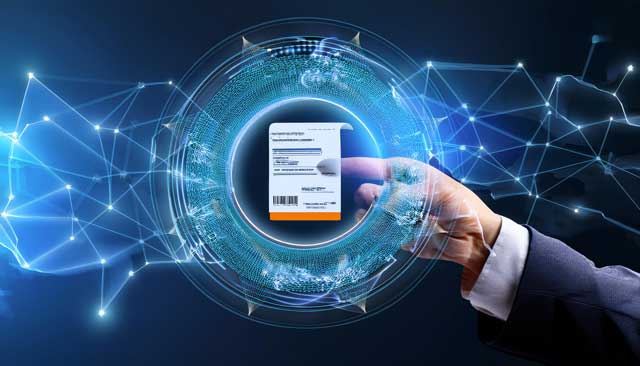No Accounting Without Invoices: Get Ready for Electronic Invoicing
10/10/2024 - Published by : FiduPress < Back
Invoicing is a central pillar of your accounting and VAT management. As of January 1, 2026, all businesses will be required to adopt electronic invoicing, a measure aimed at modernizing and simplifying business exchanges in Belgium. Here is an overview of the key elements for managing your invoicing process and preparing for this transition.
Two Types of Invoices
As an entrepreneur, you work hard to grow your business. Getting paid correctly and on time is a priority, and it all starts with a clear and professional invoice. There are two types of invoices you need to manage:
- Purchase Invoice: When you buy goods and/or services, you receive an invoice from your supplier.
- Sales Invoice: When you sell goods and/or services, you issue an invoice to the buyer.
Invoicing: Mandatory or Not?
If you sell to professional clients such as freelancers, businesses, or public authorities, invoicing is always mandatory, regardless of the transaction value. You can also request an invoice for any purchase you make as a professional.
For sales to individuals for private use, an invoice is not required, except in specific cases (e.g., wholesalers, the sale and repair of vehicles, moving and storage services, as well as the sale of buildings and related works).
What Information Must Be Included on an Invoice?
Every invoice sent to a Belgian client must include at least the following information:
- Your Company Information:
- Trade name, legal form, and VAT number.
- Your company’s contact details.
- Bank information.
- Your Client’s Information:
- Company name and VAT number (if your client is not an individual).
- Client’s address.
- Billing Details:
- Invoice number.
- Invoice date and payment deadline.
- Order number or structured communication (optional).
- The structured communication allows you to easily match the invoice with your client’s payment.
- Details of Services and/or Products Provided:
- Description, quantity, and delivery date.
- Unit price (per hour, per item, etc.).
- Currency unit.
- Total amount (excluding VAT).
- VAT rate and total VAT amount per rate.
- Total price (including VAT).
Any omission or error in these mandatory details can result in an administrative penalty, and a correction of the invoice will then be required.
When to Invoice?
Invoices must be issued no later than the 15th day of the month following the month in which the service or product was provided.
Get Ready for Electronic Invoicing Now
As of January 1, 2026, electronic invoicing will become mandatory for all businesses. While paper invoices are still accepted until this date, it is essential to prepare for this transition now. To issue electronic invoices, you must obtain your client’s explicit consent. The digital invoice must be readable, non-editable (such as a PDF file), and the sender’s identity must be verifiable. This is ensured through the use of the Peppol network.
Why Choose the Peppol Network for Electronic Invoicing?
The transition to electronic invoicing is greatly facilitated by the Peppol network (Pan-European Public Procurement Online). Peppol enables a secure and standardized exchange of electronic documents, including invoices, between businesses and public administrations across Europe. By using Peppol, you benefit from fast and secure transmission of your invoices, with automatic compliance with European and Belgian standards. This network reduces the risk of errors, shortens processing times, and ensures better traceability of transactions.
Adopting electronic invoicing now means not only complying with future regulations but also gaining efficiency and speed in managing your business transactions.
Back
